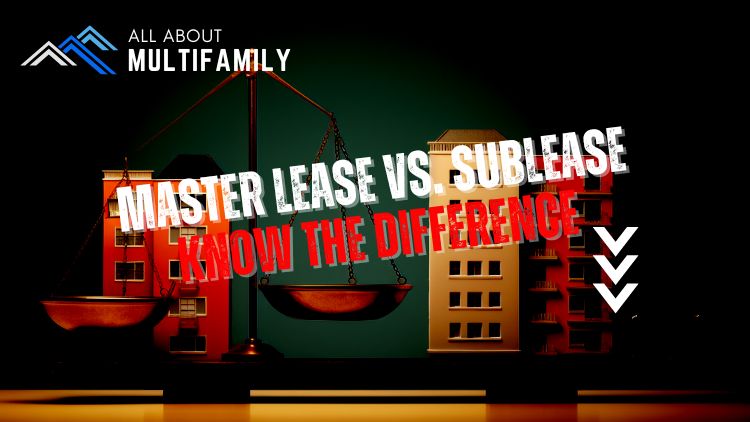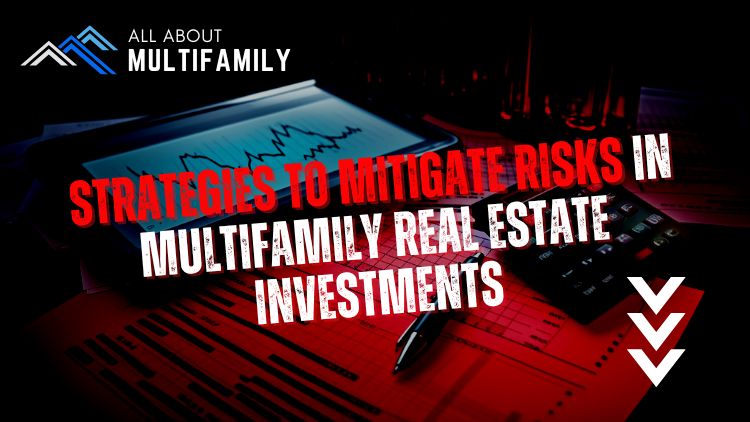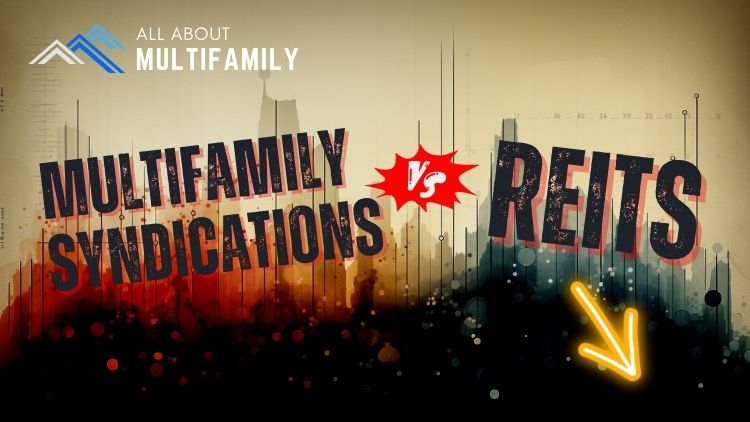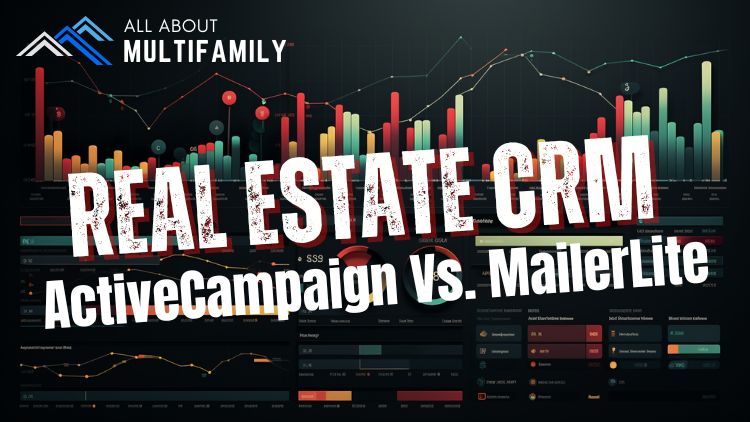Hey there, folks! We’re Jake and Gino, and we’ve got an exciting topic to dive into today. We recently stumbled upon a fascinating YouTube video by Carlton Dennis titled “How to Use Real Estate to Avoid W-2 Taxes.” If you haven’t watched it yet, we highly recommend you do; it’s a game-changer for anyone looking to maximize their financial strategies through real estate.
Understanding the Expert – Carlton Dennis
Before we get into the nitty-gritty, let’s briefly introduce Carlton Dennis. He’s the host of the “Taxes Made Simple” YouTube channel, and he’s been dedicating the past year of his life to studying passive activity loss rules. Carlton has mastered the art of showing not just investors, but everyday W-2 taxpayers, how to utilize real estate to minimize their tax obligations across various income streams.
The Passive Activity Loss Rules – A Quick Overview
Now, let’s delve into the core concept: the Passive Activity Loss Rules. These rules emerged back in 1987 as part of the Tax Reform Act, implemented by President Ronald Reagan. They effectively divided income into two categories: passive income and non-passive income.
Passive Income vs. Non-Passive Income
Passive Income: This category includes income generated from investments where you’re not actively involved in day-to-day operations. Rental real estate is a prime example. When you invest in rental properties and aren’t managing them hands-on, the income is considered passive.
Non-Passive Income: On the other hand, non-passive income consists of earnings that require your direct involvement. This covers your typical W-2 income, 1099 income, stock dividends, cryptocurrency gains, and even Social Security income.
The Catch: Passive Losses Can’t Offset Non-Passive Income
Here’s the catch – the government created a distinct boundary in 1987. It stipulated that passive losses, generated mainly from rental real estate, couldn’t be used to offset non-passive income. In other words, the losses you incur from rental properties can’t magically erase the taxes you owe on your W-2 salary, crypto gains, or stock dividends.
The Game-Changing Concept: Cost Segregation Study
Now, let’s talk about the game-changer – the Cost Segregation Study. Carlton Dennis dives deep into this concept, and it’s a game-changer, especially for real estate investors.
In a nutshell, a Cost Segregation Study involves breaking down your real estate property into its various components, such as the roof, doors, windows, appliances, and more. Here’s why it’s a game-changer:
Traditional Depreciation vs. Cost Segregation:
Traditional depreciation of real estate typically spans 27.5 years for residential properties and 39 years for non-residential properties. This means that you’d spread out the depreciation of your property’s components over these extended periods.
However, many components within a property don’t last as long as these traditional depreciation schedules. For instance, appliances may last only 5-7 years, and roofs may last 15 years. Cost Segregation allows you to reassign these components into shorter depreciation schedules, potentially as short as 1, 5, 7, 10, 15, or 27.5 years, depending on the asset.
The Magic of Short-Term Rentals
Here’s where it gets interesting. The government defines short-term rentals (STR) as rentals with an average customer use of seven days or less. And the magical part is that the IRS doesn’t classify STR as a passive activity under Code Section 469.
The Power of Short-Term Rentals for Tax Benefits
Now, let’s connect the dots. By engaging in short-term rentals, you can effectively sidestep the Passive Activity Loss Rules. You won’t need to spend 750 hours or more than half your time managing your real estate business as a real estate professional. Instead, you materially participate in your STR business, and you’re set.
Example Scenario: How STR Helps You Avoid Taxes
Imagine you own an investment property worth $600,000. After conducting a Cost Segregation Study, you generate a paper loss of $200,000 on your tax returns. You and your spouse both earn $100,000 in W-2 income. Now, normally, you’d owe taxes on that $200,000 of income. But with the passive losses from your STR property, you offset it entirely, reducing your taxable income to zero.
Final Thoughts
In conclusion, Carlton Dennis’s video sheds light on a powerful strategy for using real estate, specifically short-term rentals, to minimize your tax obligations on W-2 income, 1099 income, crypto gains, and more. It’s a complex but incredibly rewarding approach that can significantly impact your financial future.
We encourage you to watch Carlton’s video for a more in-depth understanding of these concepts, as well as the free training he offers for those looking to explore this tax-saving strategy further. Understanding and implementing these tax strategies can be a game-changer on your path to financial success.









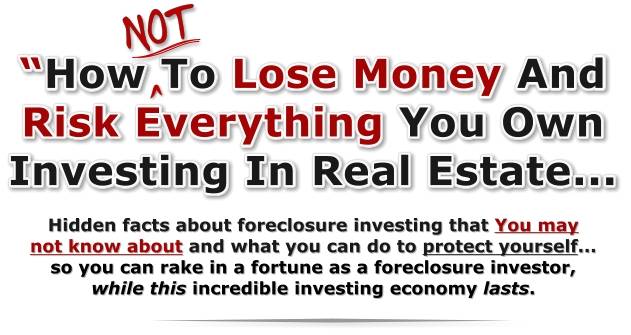
























![An In-Depth Look at Jake and Gino's Coaching Program [A Review]](https://allaboutmultifamilyinvesting.com/wp-content/uploads/2023/10/AAM-BMP-Blog-Covers-750-×-422px-6.jpg)


![Email Marketing Tips for Multifamily Real Estate Syndicators to Raise Capital [Templates included]](https://allaboutmultifamilyinvesting.com/wp-content/uploads/2023/09/AAM-BMP-Blog-Covers-750-×-422px-4.jpg)



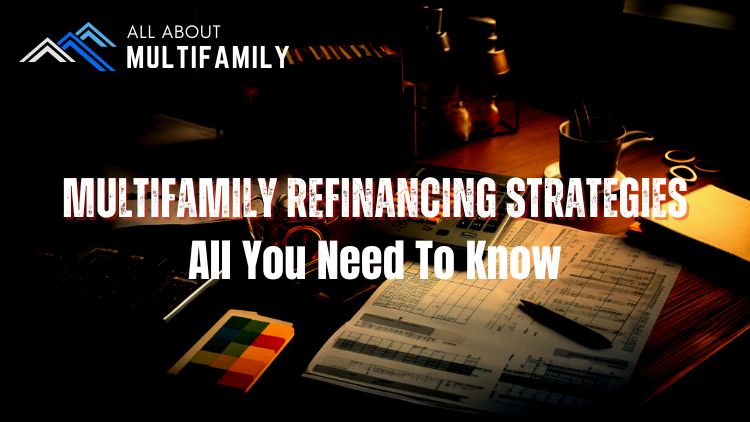


![The Richest Kids In America [Book Review]](https://allaboutmultifamilyinvesting.com/wp-content/uploads/2023/09/AAM-BMP-Blog-Covers-750-×-422px-84.jpg)


